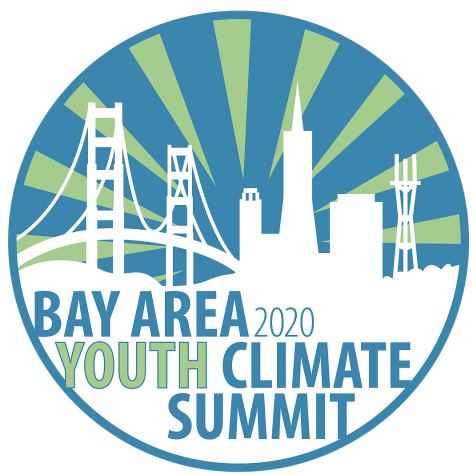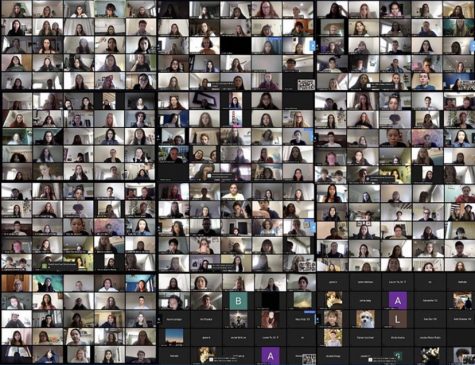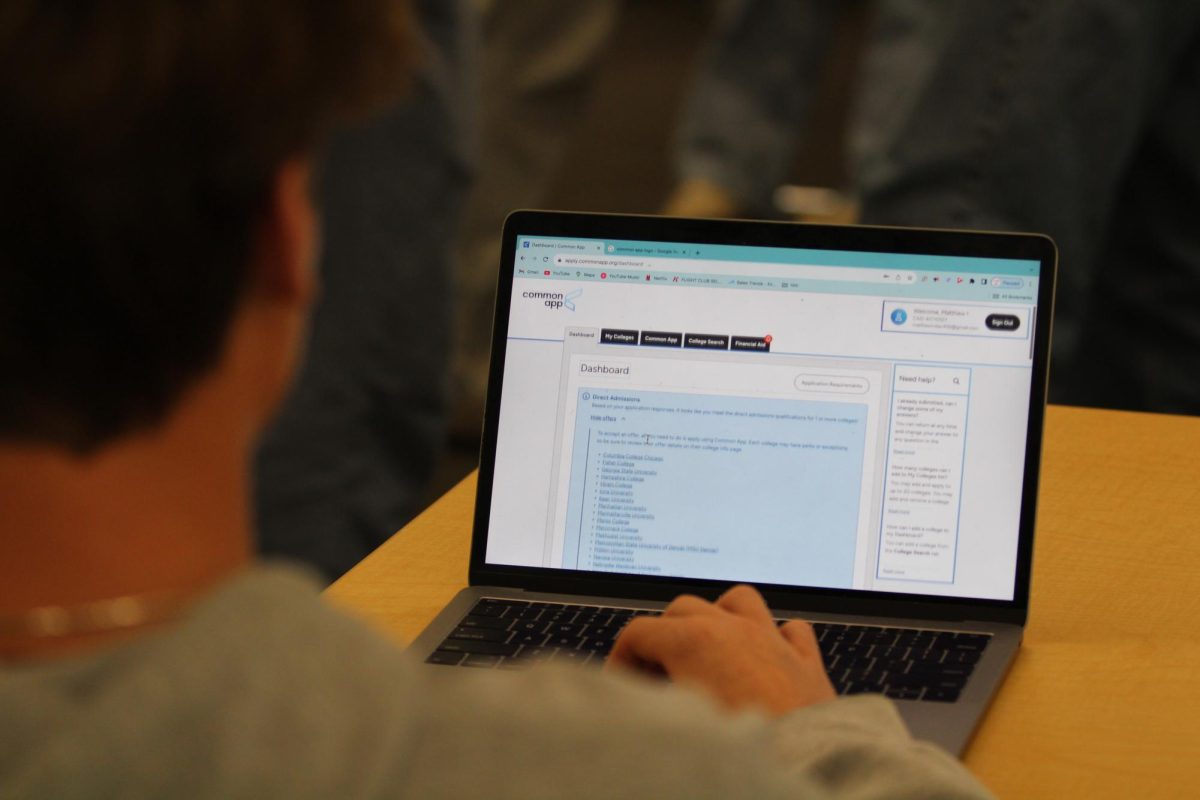Virtual climate summit assembles teen environmentalists nationwide
September 21, 2020
The past six months have witnessed a global struggle to adjust to life indoors and online. However, the Bay Area Youth Climate Summit (BAYCS) capitalized on these limitations and demonstrated that not even a worldwide pandemic can subdue environmental activism and education. The youth-led event was held on Sept. 12 from 10 a.m. to 2 p.m. on an entirely virtual platform. Through two 45-minute workshops and a Climate Action Plan (CAP) development session, the summit endeavored to unite students over climate activism and inspire further action on its behalf. Attendees could choose between 17 workshops where organizations presented and led discussions on topics ranging from digital activism to sustainable fashion. Despite being held completely over Zoom, the event amassed a total of 280 attendees from 88 schools, 14 states and seven different time zones.

Summit chair Amelia Fortgang began designing the Bay Area event after attending the Bronx Youth Climate Summit in May.
“I know that a lot of my peers and classmates are really passionate about [the environment] and oftentimes don’t know where to go [to help],” Fortgang said. “In the Bay Area there are a lot of environmental clubs and separate environmental youth activism organizations and we thought it would be awesome to bring those together.”
Fortgang and summit vice chair Erika Tam are both juniors and co-leaders of the environmental club at Lick-Wilmerding High School in San Francisco. Their positions in the club allowed them to connect with various organizations and assemble an advisory council of 24 Bay Area high schoolers to help create the summit.
“This was 99 percent youth-led, which was really cool … It was totally a learning process for a lot of us,” Fortgang said. “Being the chair and the leader of the entire team, it was my first time doing something like this. Being able to delegate responsibilities was something we learned along the way to make the team work best.”
One workshop featured an entrepreneur panel of four young environmental leaders, including Redwood sophomore and ClimateNow founder Sarah Goody and Columbia University freshman Nicolas Lama. Lama’s organization “The Grove Project” focuses on conserving Mangrove ecosystems and fostering a community of environmental activists in his home of South Florida.
“I wanted to use my role as a young person and a leader in the community to educate my peers about the importance of mangrove ecosystems after researching all of the threats they face,” Lama said. “During the Bay Area Youth Climate Summit, it was really inspiring to see how many young people recognize how urgent [the climate crisis] is and how necessary it is to take action about it.”
One of these young people is Sanga Khan, a junior at Berkeley High School who was inspired by the shared passion of the presenters and attendees at the event.
“I met people from all over the Bay Area … who have similar interests and want to help the environment. Even though we don’t know each other and probably have many differences, we put those aside and try to fight the bigger issue, which is climate change,” Khan said.

During the summit, attendees formulated their own CAPs to tackle environmental issues in their communities. Individuals and groups can submit a formal CAP proposal on the BAYCS website and the team will help by supplying resources, connections and support. According to Fortgang, the CAP initiative was implemented in order to provide individuals with a platform to take action and create change, a big part of the summit’s mission.
“Too often I see conversations focusing on the problem without actually giving solutions or giving hope to people. From the start we really did want to be solution-oriented and we also know that individual efforts as youth are very limited … so what we can do is raise our voices and the voices of the 280 people who attended the conference. That is where we can really make the biggest impact,” Fortgang said.
In a survey following the event, 73 percent of attendees reported that they would continue developing the CAPs they discussed in their groups. To meet this demand, Fortgang and the BAYCS team are planning new developments regarding CAP workshops, a newsletter and even next year’s summit. According to Fortgang, this is the start of a “long-term effort” to further empower and support youth-led environmental initiatives.
Students across the nation can get involved with BAYCS, and partnerships are specifically available to Bay Area schools and individuals to help their communities act against climate change. Khan is one of many attendees who will be pursuing the connections she made at the event.
“I definitely will [take action]. I want to join the programs that they were talking about. I want to research more,” Khan said. “[The summit] definitely opened my eyes a little more than they already were.”
To learn more about the youth climate summit or Climate Action Plans, visit www.baycs.org.






